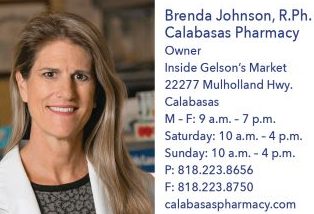Q: I have heard about the health benefits of essential oils. Do they really work?
A: Essential oils are naturally occurring, powerful, aromatic compounds that hold incredible benefits for our health and well-being. When you open a bottle of essential oil, you instantly notice that the aroma is potent. Unique properties make essential oils ideal for aromatherapy to help you maintain a healthy mind and body. The type of volatile aromatic compounds present in an essential oil determines both the oil’s aroma and the benefits it offers. Essential oil enthusiasts also know the power of combining essential oils. These blends can provide the original benefits of the different oils while also creating synergistic partnerships between the oils, offering even more benefits.
The purity of an essential oil is its most important characteristic. If an essential oil isn’t pure, you run the risk of putting germs, heavy metals, or adulterants onto or into your body, which can provoke irritation, adverse effects, or even sickness. Certified, pure, therapeutic-grade (CPTG) essential oil represents the safest and most beneficial oil. For an oil to be CPTG, the oil must be:
• Pure and natural, with aromatic compounds carefully extracted from plants
• Free of fillers or artificial ingredients; no dilution of active qualities
• Free of contaminants, pesticides, and chemical residues
• Rigorously tested for standards of chemical composition
All application methods are safe when used appropriately, including aromatic, topical, and internal methods. Our smell receptors have a direct link to the part of the brain that supports a variety of functions, including emotions, behavior, and memory. Topical application is a very effective method since the oils easily penetrate the skin. Once absorbed, they stay in the applied area for a localized benefit. Not all essential oils can be consumed internally so make sure you select a product than can be. When ingested, essential oils directly enter the blood stream where they are transported throughout the rest of the body.



